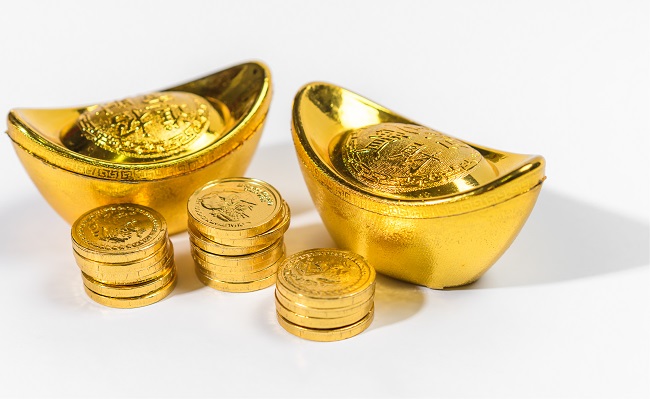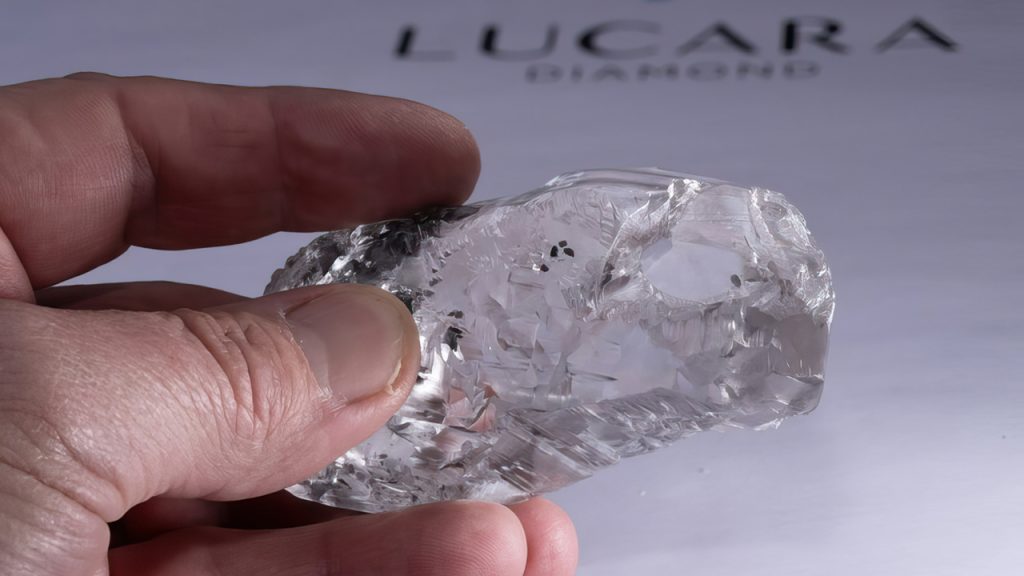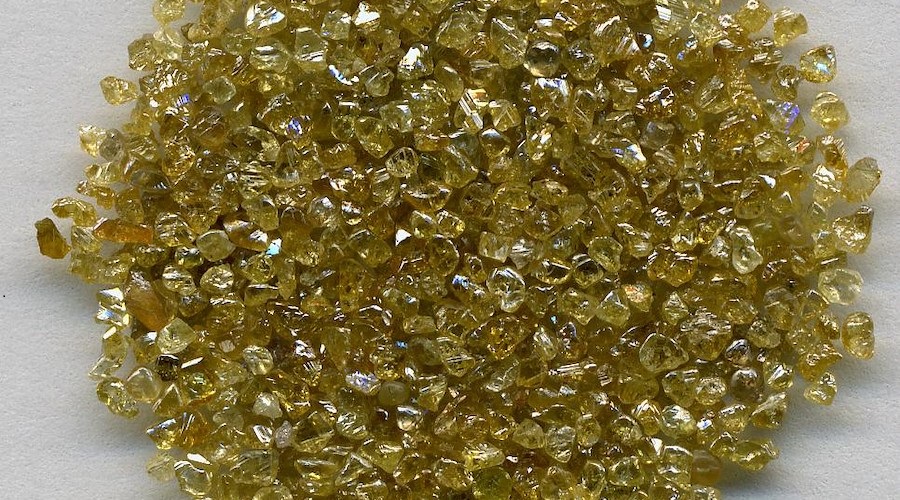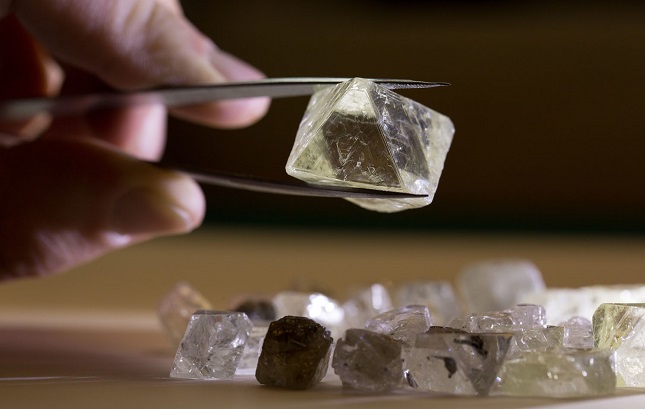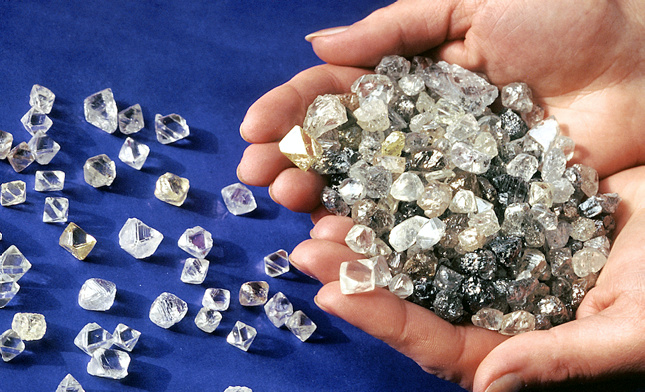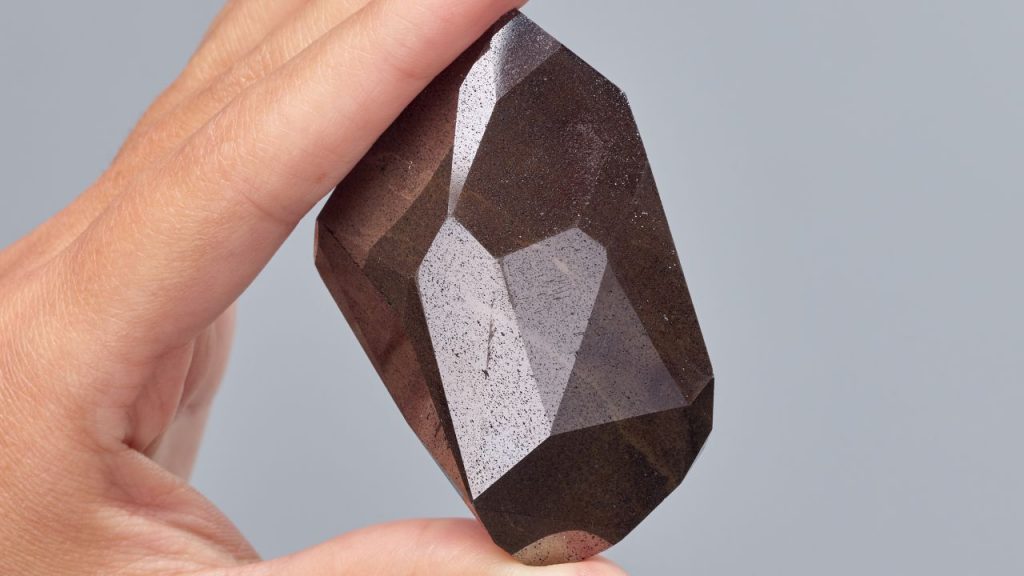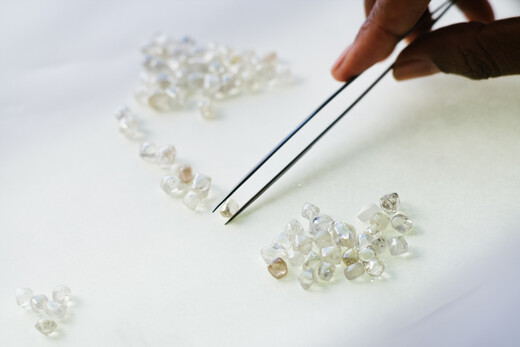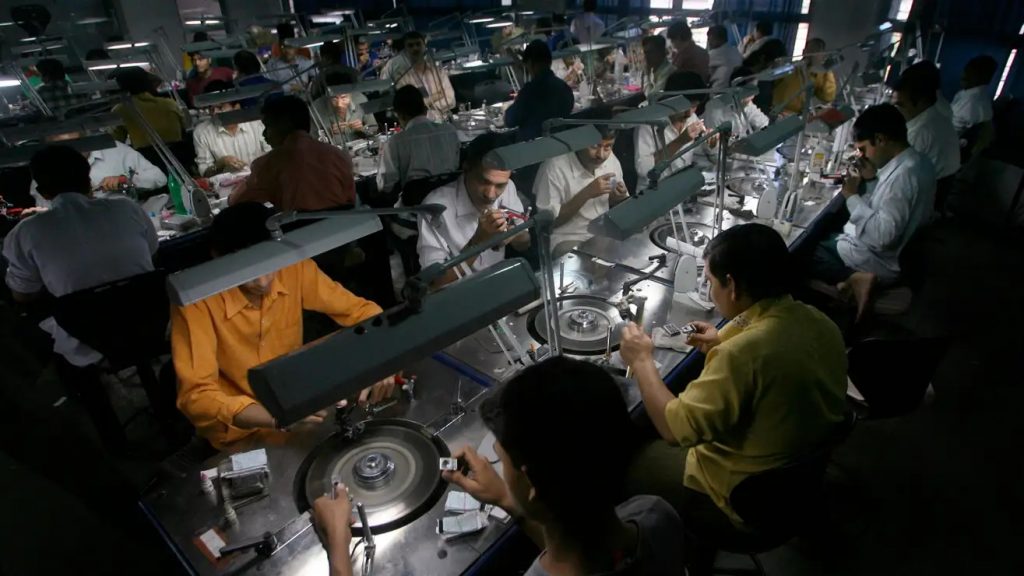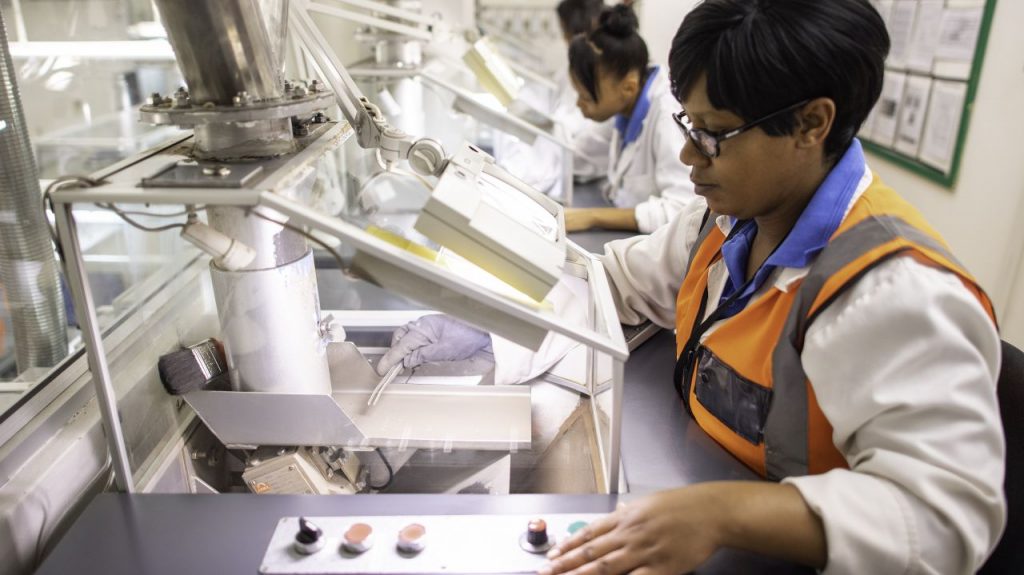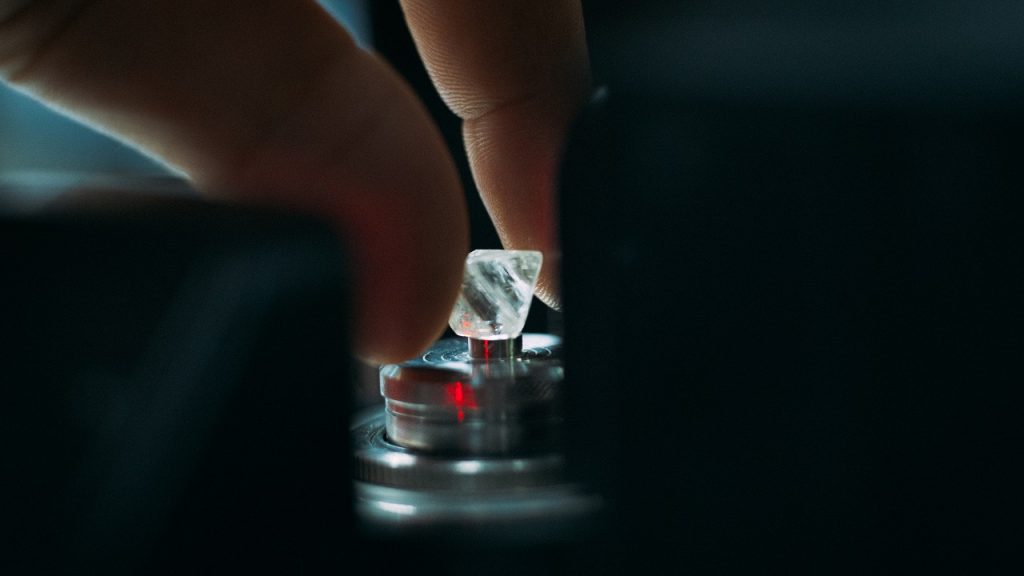
De Beers will allow sightholders to defer up to half of rough purchases to early next year amid sluggish consumer demand and high midstream stockpiles, market insiders told Rapaport News Wednesday.
The miner wrote to customers on Friday, informing them that they could avoid buying parts of their allocations of 1-carat goods and larger for the rest of 2023, the sources said on condition of anonymity. The allowance is 25% by value for some boxes and 50% for others, and applies to sights 8 to 10 — which will take place in September, October and December.
The rule does not apply to the August sight, which runs this week in Botswana, they added.
De Beers does not usually let sightholders defer more than one box per category of rough diamonds in each half year. In normal circumstances, failure to buy can affect access to goods in future intention-to-offer (ITO) periods — the yearlong session for which allocations are planned.
The new concession is unusual because it allows buyers to push off purchases to a new ITO. De Beers did not specify when the final deadline would be in early 2024, the sources said.
However, it told clients they must buy at least 65% of the non-deferred goods or the deferred stones will count as refusals, the sources explained.
The move comes amid persistent weak retail sales in the US and China. Manufacturers have been carrying large inventories of the less salable polished, especially in the 0.30- to 2.99-carat sizes that originate from rough above 0.75 carats.
“There is already a buildup of polished, and therefore there is enough…to fulfill the demand for the holiday,” said one of the sources. “[De Beers will] keep [the rough] for you rather than sightholders needing to buy it and store it themselves.”
Rough prices were stable at this week’s sight, while the buyback policy remains unchanged, the market participants noted. This allows clients to sell up to 10% or up to 30% of purchases back to De Beers, depending on the category.
“We continue to provide sightholders with elements of supply flexibility to support their business needs in response to evolving demand plans,” a De Beers spokesperson commented.
Source: Diamonds.net
